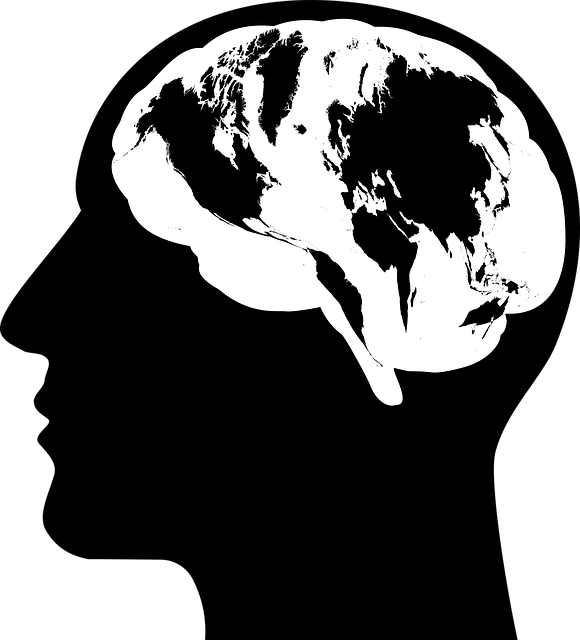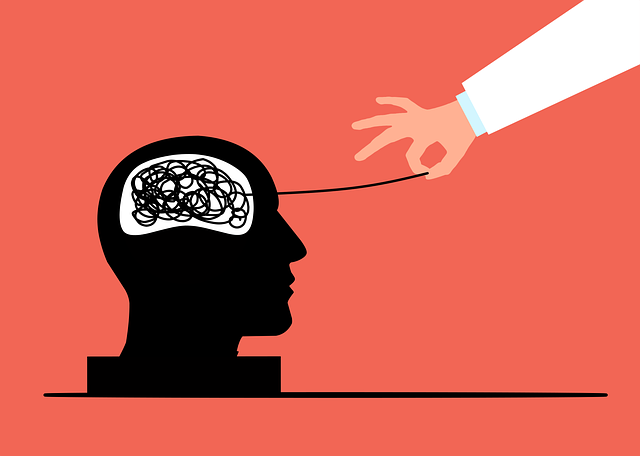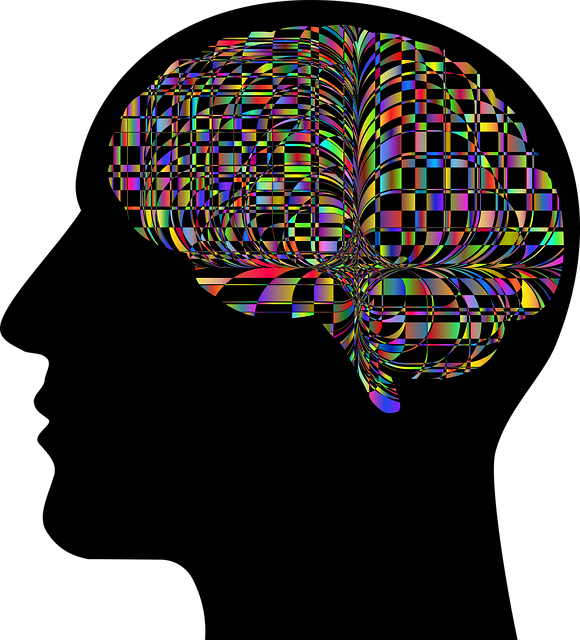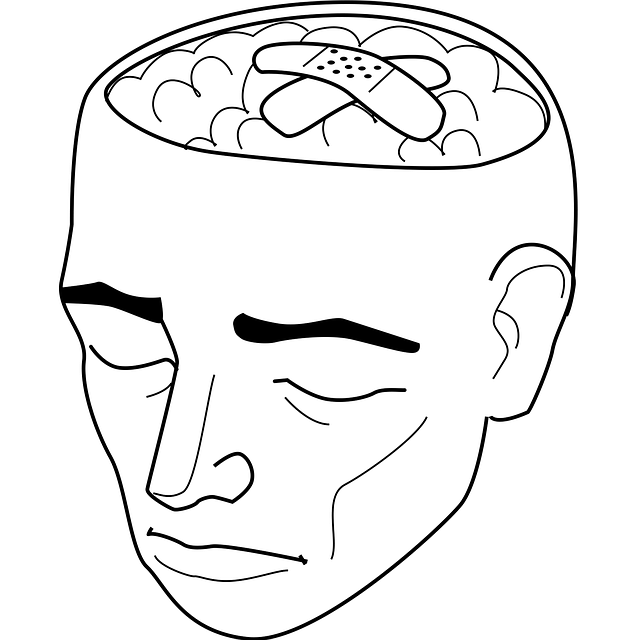Northglenn Biofeedback Therapy leverages diverse data sources—from questionnaires to biometric sensors—along with community outreach and self-awareness exercises to gain a comprehensive understanding of mental health. Through biofeedback and Mental Wellness Journaling Exercise Guidance, clients learn to recognize physiological and emotional patterns, enabling tailored therapy exercises for improved emotional regulation and stress management. Analyzing trends in mental health data helps identify societal correlations and reduce stigma, guiding effective Stress Management strategies. Northglenn Biofeedback Therapy uses data-driven decisions to personalize treatments, enhancing care quality, preventing burnout, and fostering long-term mental well-being.
Mental health data analysis has emerged as a powerful tool in understanding and treating psychological conditions. This article explores the intricacies of mental health data, its collection, and diverse sources. We delve into the significance of biofeedback in therapy and its role in interpreting patient progress. By analyzing trends and identifying patterns, healthcare professionals can make informed decisions at Northglenn Biofeedback Therapy, enhancing treatment outcomes and personalizing care for each patient.
- Understanding Mental Health Data: Collection and Sources
- The Role of Biofeedback in Therapy and Data Interpretation
- Analyzing Trends: Identifying Patterns and Insights
- Enhancing Treatment with Data-Driven Decisions at Northglenn Biofeedback Therapy
Understanding Mental Health Data: Collection and Sources

Understanding Mental Health Data begins with recognizing the diverse sources and methods of collection. At Northglenn Biofeedback Therapy, we leverage a range of tools to gather valuable insights into our clients’ mental health states. This includes structured questionnaires, clinical interviews, and advanced biometric sensors that track physiological responses. These data points offer a holistic view, capturing not just symptoms but also emotional well-being, stress levels, and progress over time.
Community outreach program implementations and self-awareness exercises play a crucial role in this process. By engaging with communities, we collect data through grassroots initiatives and support programs that foster self-esteem improvement. These initiatives provide real-world context and help interpret data, ensuring that our analysis remains grounded and relevant to the lived experiences of individuals seeking mental health support, including those who might benefit from Northglenn Biofeedback Therapy.
The Role of Biofeedback in Therapy and Data Interpretation

Biofeedback has emerged as a powerful tool within therapy and mental health data interpretation, offering unique benefits for both practitioners and clients in Northglenn Biofeedback Therapy. This technique enables individuals to gain a deeper understanding of their physiological responses and emotional states by providing real-time feedback about bodily functions. By engaging in Mental Wellness Journaling Exercise Guidance alongside biofeedback sessions, patients can learn to recognize patterns in their bodies’ reactions, allowing for more effective social skills training and enhanced emotional regulation.
The process involves wearing sensors that detect various physiological signals, such as heart rate, skin conductance, and muscle tension. These data are then displayed visually or audibly, helping clients connect the correlation between their mental states and physical sensations. This awareness facilitates a more nuanced approach to therapy, where specific exercises can be tailored to target areas of distress. For instance, guiding individuals through relaxation techniques during biofeedback sessions can improve emotional balance and provide them with valuable emotional regulation skills for managing stress in everyday life.
Analyzing Trends: Identifying Patterns and Insights

Analyzing trends in mental health data is akin to navigating a complex tapestry—each thread representing an individual’s journey. By studying patterns over time, Northglenn Biofeedback Therapy and other similar practices can identify recurring themes within populations. This process reveals insights that extend beyond mere numbers. For instance, spikes in certain types of distress might correlate with specific life events or societal shifts, offering valuable context for understanding the prevalence and nature of mental illness.
Such analysis also plays a crucial role in Mental Illness Stigma Reduction Efforts. Identifying trends can help demystify mental health issues by presenting data that debunks myths and promotes Positive Thinking. Moreover, it guides the development of more effective Stress Management strategies, ensuring interventions are tailored to the evolving needs of communities.
Enhancing Treatment with Data-Driven Decisions at Northglenn Biofeedback Therapy

At Northglenn Biofeedback Therapy, we recognize that data-driven decisions are transforming mental health care. By analyzing trends and patterns within patient data, therapists can personalize treatment plans, targeting specific issues more effectively. This approach not only enhances the quality of care but also contributes to Burnout Prevention Strategies for Healthcare Providers by streamlining processes and optimizing outcomes.
Utilizing advanced analytics, Northglenn Biofeedback Therapy offers tailored interventions that foster Inner Strength Development. Through data-informed guidance, therapists can provide Crisis Intervention measures early on, preventing escalation and promoting resilience. This proactive approach ensures patients receive the support they need when it matters most, ultimately contributing to their long-term mental well-being.
Mental health data analysis is a powerful tool for therapists, as seen in practices like Northglenn Biofeedback Therapy. By understanding and interpreting data from various sources, including biofeedback, professionals can identify trends and patterns to enhance treatment plans. This data-driven approach allows for more personalized and effective therapy, ultimately improving patient outcomes. Incorporating these analytical techniques enables healthcare providers to navigate the complexities of mental health, making informed decisions that revolutionize care delivery.














